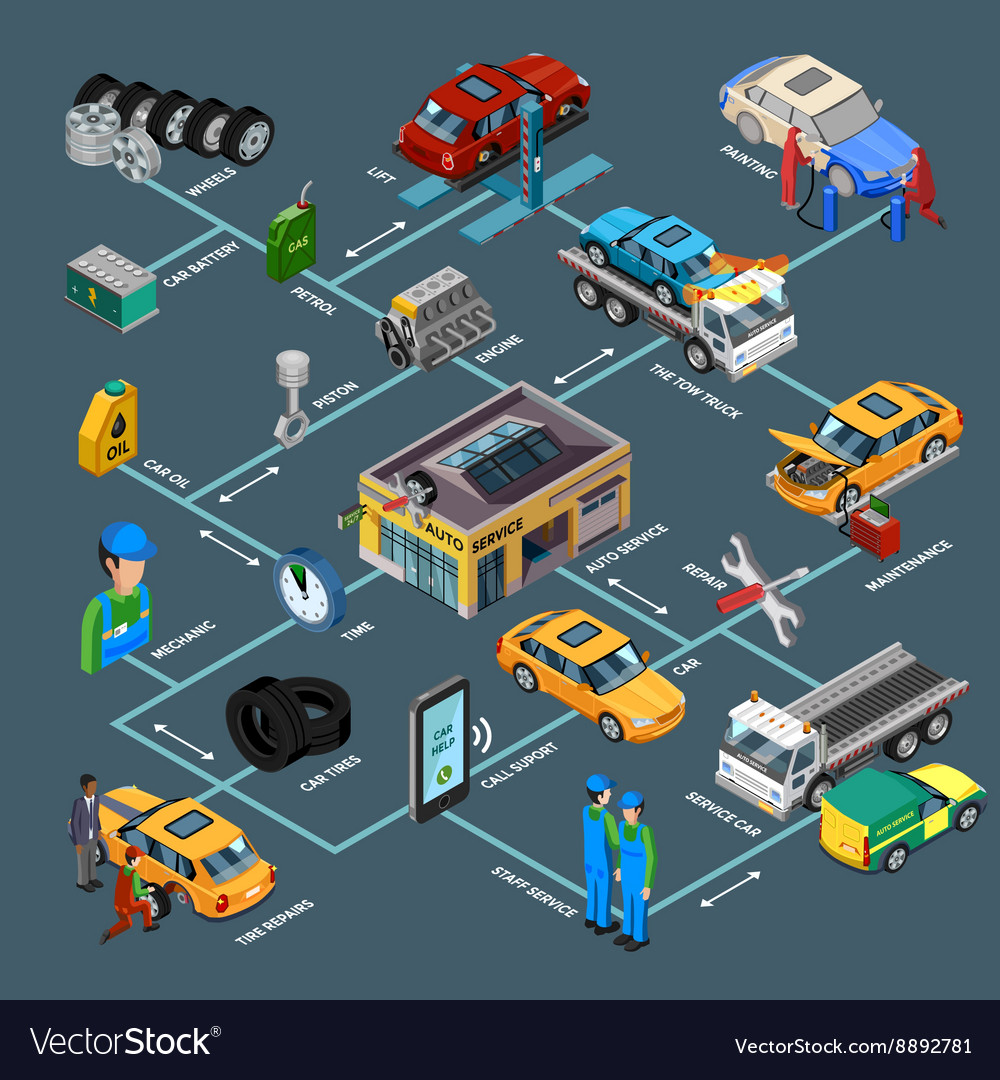When you're behind the wheel, those little warning lights on your auto's dashboard can be fairly bewildering. What do they indicate, and should you be concerned? Recognizing these signals is essential for your lorry's health, however it doesn't have to be an overwhelming task. By translating the mystery behind each light, you'll be furnished to manage prospective issues efficiently and maintain your vehicle running efficiently. So, next time a caution light flashes, do not panic - arm yourself with understanding and take control of the situation.
Significance of Car Caution Lights
Understanding the significance of your automobile's caution lights is vital for maintaining your car's health and wellness. These lights serve as your vehicle's interaction system, alerting you to prospective issues that can jeopardize your safety on the road or bring about pricey repair work if overlooked. By paying attention to these warnings, you can attend to problems early and prevent additional damage to your vehicle.
Ignoring advising lights can lead to severe consequences, such as engine failure, brake breakdowns, and even accidents. These lights are made to inform you of problems ranging from reduced tire stress to engine malfunctions, offering you the possibility to do something about it prior to the situation gets worse. Consistently checking and recognizing these cautions can conserve you time, cash, and ensure your safety while driving.
Along with maintaining you safe, reacting promptly to advising lights can additionally assist extend the life-span of your cars and truck. By dealing with concerns beforehand, you can avoid little troubles from rising right into major repair services, eventually saving you money and time over time. Keep in mind, your automobile's caution lights are there for a reason - don't ignore them!
Common Warning Lighting and Meanings
When it concerns driving your automobile, recognizing usual caution lights and their meanings is essential for your safety and lorry maintenance. Here are a couple of common caution lights you might come across:
1. ** Inspect Engine Light **: This light shows an issue with your engine. https://www.defenseworld.net/2022/07/23/daiwa-securities-group-inc-purchases-6915-shares-of-lkq-co-nasdaqlkq.html could be something minor like a loosened gas cap or something extra major like engine misfiring.
2. ** Battery Light **: This light signals an issue with your cars and truck's charging system. It might show a defective battery, generator, or various other related components.
3. ** Oil Stress Light **: When this light comes on, it means your engine might be running low on oil or experiencing reduced oil stress, which can lead to engine damages if not dealt with promptly.
4. ** Brake System Light **: This light suggests a problem with your braking system. It might imply reduced brake fluid levels or a problem with the brake system that needs instant attention.
Recognizing these usual warning lights will aid you determine possible problems early and prevent even more significant issues later on.
Just how to React To Warning Lighting
In the event that a caution light brightens on your automobile's control panel, it's essential to react immediately and appropriately. When a warning light comes on, the initial step is to consult your proprietor's manual to recognize the certain concern indicated by the light.
Some lights call for prompt attention, while others may indicate a less immediate matter. If the caution light is red or blinking, it's usually an indication of a severe problem that needs immediate activity. In such situations, it's recommended to pull over safely, turn off the engine, and seek professional assistance.
For yellow or orange caution lights, while they might not require prompt focus, it's still crucial to deal with the hidden issue quickly to stop additional damage. Regular upkeep and examination can aid prevent advising lights from coming on unexpectedly.
Conclusion
Finally, understanding your automobile's warning lights is essential for maintaining your vehicle's health and wellness. By routinely checking and replying to these cautions, you can address prospective problems early and prevent costly repair work or safety and security risks. Keep in mind to consult your proprietor's handbook for information on different caution lights and always take prompt action for red or blinking lights. Keep proactive and maintain your vehicle running efficiently!
